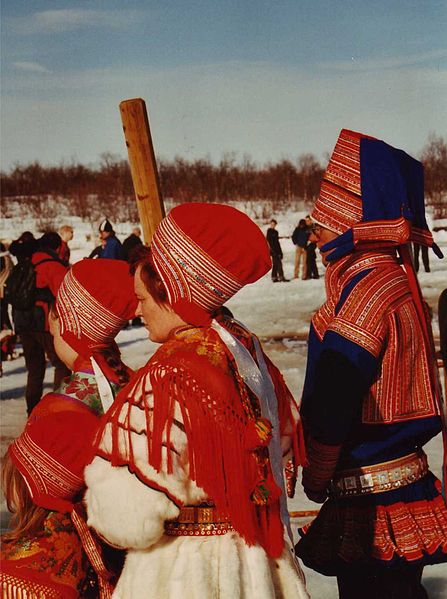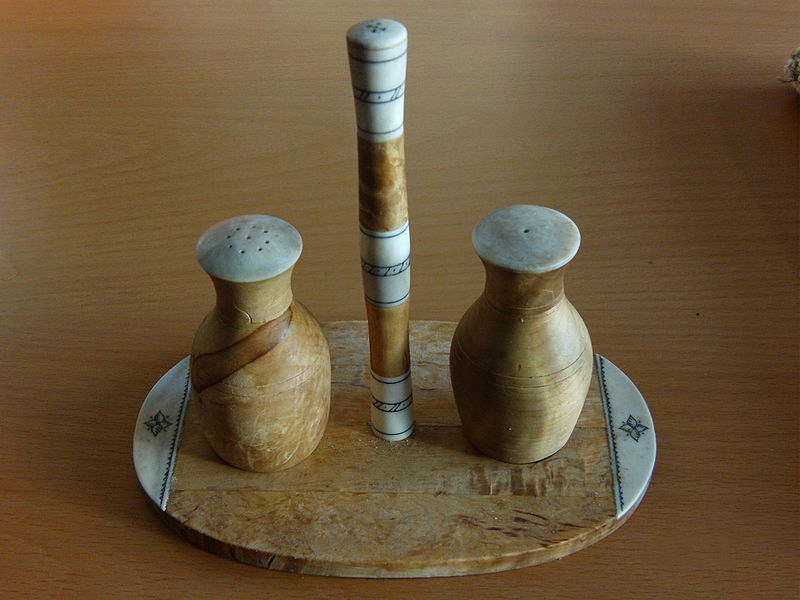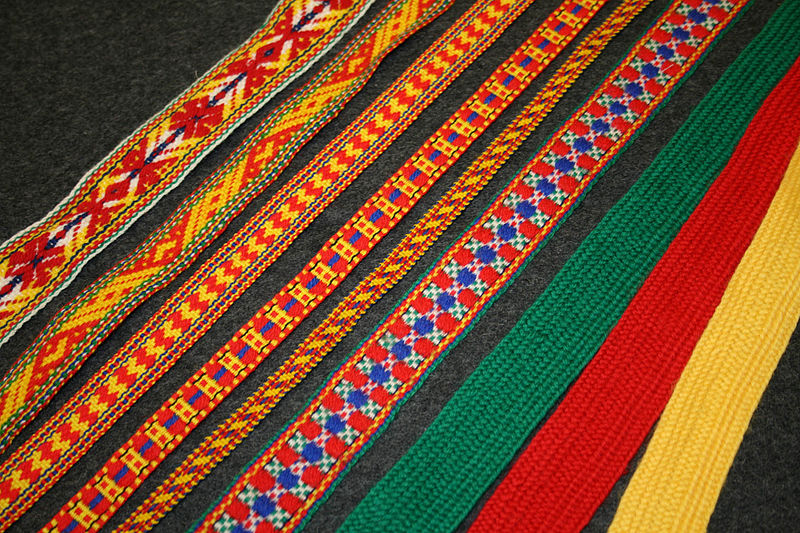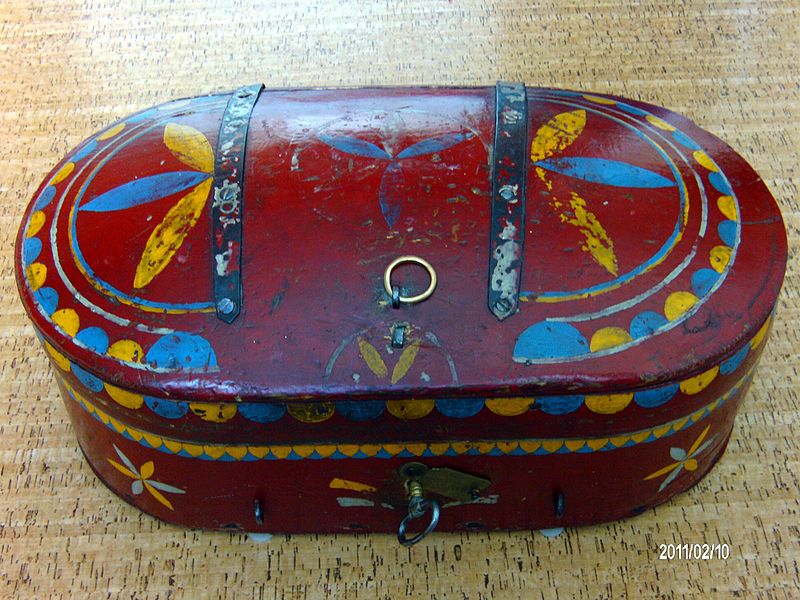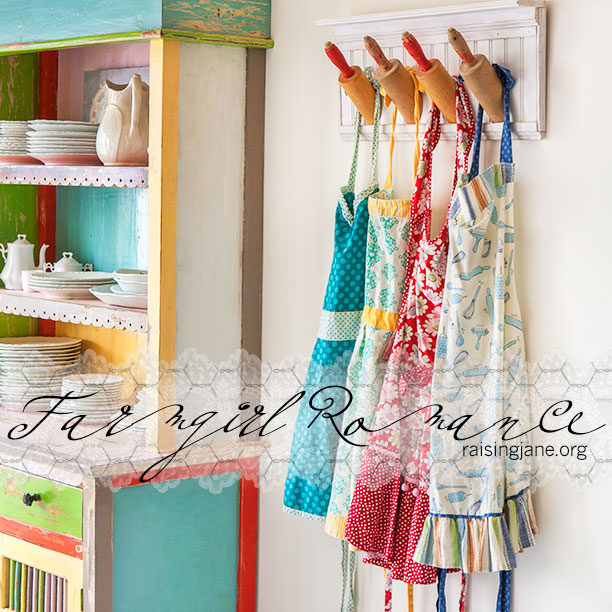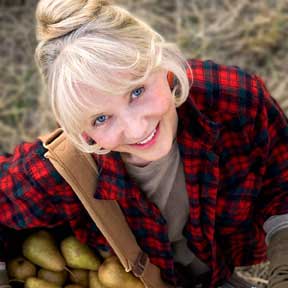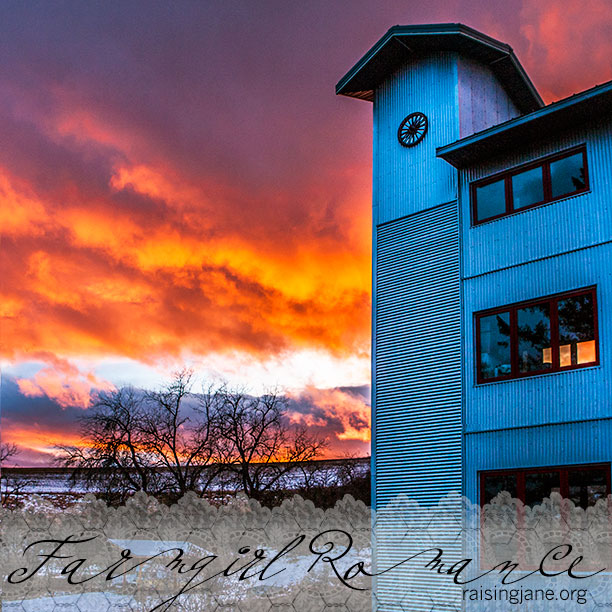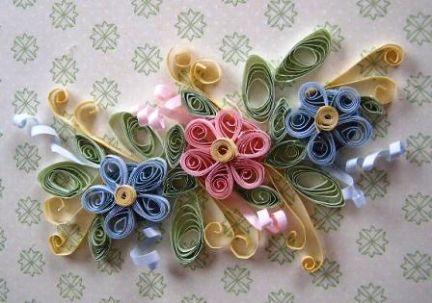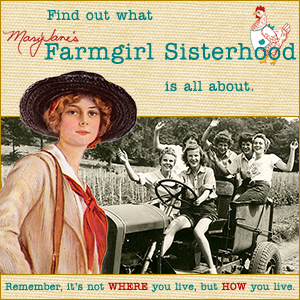Grannie sits in her oaken chair,
Firelight flits o’er her silvery hair,
The silent children around her sit,
As she pieces her patchwork coverlet …
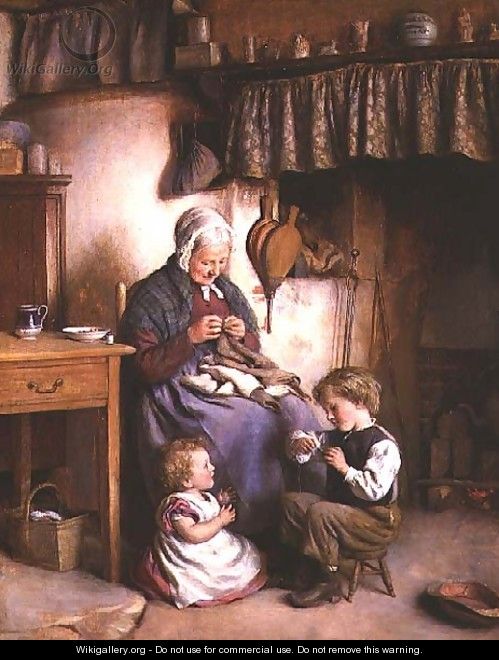
The Chimney Corner by Joseph Clark via WikiGallery.org
These lyrics from a traditional song called “Patchwork” are among the gems tucked in The Romance of the Patchwork Quilt by Carrie A. Hall and Rose Good Kretsinger. Originally published in 1935, this oldie but goodie is the kind of book that sentimental quilters covet.

It’s neither glossy nor glitzy. It doesn’t knock your socks off with colorful photo spreads or tutorials. What it holds are sweet scraps of history.
Some woman sewed these points and squares
Into a pattern like life’s cares.
Here is a velvet that was strong,
The poplin that she wore so long,
A fragment from her daughter’s dress,
Like her, a vanished loveliness;
Old patches of such things as these,
Old garments and old memories.
– Douglas Malloch
Peppered with tidbits of poetry and prose, the book features hundreds of black and white images of full quilts and patches with the name of each pattern, making it a handy guide for modern quilters seeking to identify the patterns of an antique quilt.
“Over a period of years, Mrs. Hall has accumulated a collection of more than 1,000 quilt patches, both antique and modern, showing practically every design and motif of design ever created in America,” the book’s jacket reads. “This collection, which she has entrusted to the Thayer Museum of the University of Kansas, formed the inspiration for her book.”
Who knows? You might even discover a spark of design inspiration from yesteryear.
Although it’s out of print today, you can still pick up a used copy of The Romance of the Patchwork Quilt from many an online bookseller for under $10.
The sun has such a pretty quilt,
Each night he goes to bed,
It’s made of lavender and gold,
With great long stripes of red.
And bordered by the softest tints
Of all the shades of gray,
It’s put together by the sky,
And quilted by the day.
– Laura Coates Reed
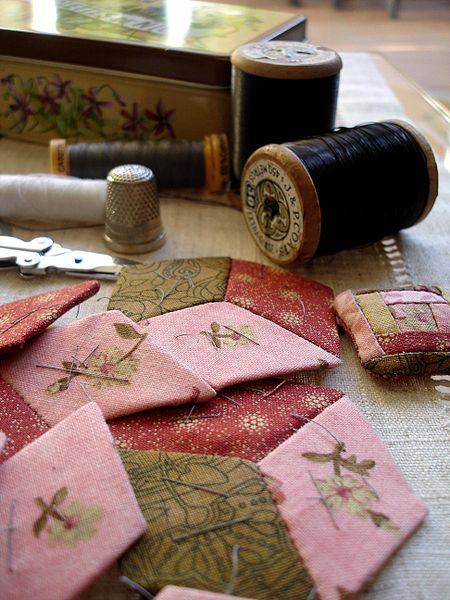
Photo by Anna via Wikimedia Commons


















































